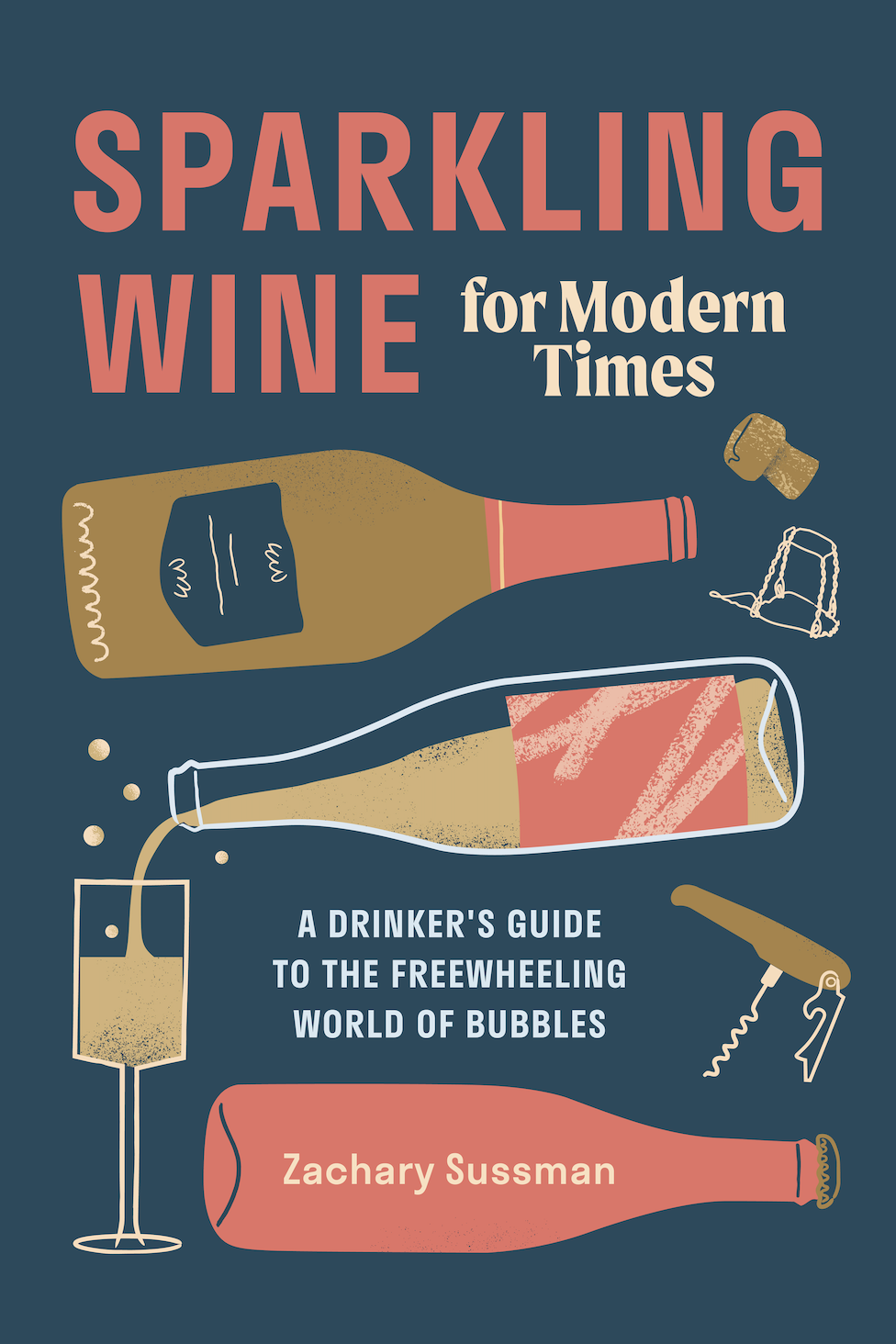How To Age Bottles of Wine Under $25
FEBRUARY 25, 2013 | BY ZACHARY SUSSMAN
Although the era of telegrams and white-gloved butlers has vanished, the basic attitude hasn't changed. We tend to view bottles that have spent years acquiring depth and complexity in the cellar as a one-percenter luxury, far removed from the "Two Buck Chuck" world the rest of us inhabit.
But now more than ever, the market overflows with a slew of affordable juice worthy of aging in a cellar. What's more, that cellar doesn't have to be below a Provençal chateau or in a high-tech luxury skyscraper. In fact, as the decade of my twenties attests, the task can be completed in an illegally converted Brooklyn studio, with bottles that cost $25 or less.
So, in the same spirit that a Frenchman once remarked, "Let us leave pretty women to men with no imagination," let us ignore the Napa Cabs and Bordeaux, and instead explore lesser-known areas that have yet to be infiltrated by corporate branding, foreign investors, and "100 point" scores. But that doesn't mean we have to leave France. Along with paid monthlong holidays, inexpensive, high-quality wine has long been considered a Gallic birthright.
Let's start by debunking the myth that only red wines improve with age, and let's do it in the Loire Valley, a dizzyingly diverse region responsible for churning out some of the most overlooked but longest-lived whites: notably, the extraordinary Chenin Blanc-based wines of Savennieres and Vouvray. Consumed now, the 2011 Chateau d'Epiré Savennieres "Cuvée Spéciale" ($24) or the 2010 François Pinon Vouvray "Tradition" ($20) retain their clean minerality and apple-core freshness, but given five to ten years of age, they'll acquire a golden, nutty quality, offset by their signature jolt of acidity. This combination amounts to a delectable drinking experience, which even the most ambitious young vin blanc could never replicate.
With reds, the playing field widens. Those who balk at the cost of Burgundy can find solace in Beaujolais, particularly the more serious "crus" of Morgon and Moulin-à-Vent. Currently composed of snappy, high-toned cherry notes, the 2010 Louis-Claude Desvignes Morgon "Cote de Py" ($25) should develop a Burgundian elegance with age. Likewise, the best wines of Chinon, a peppery, hipster-approved Cabernet Franc from the Loire, can be held for decades: I envision the 2007 Olga Raffault Chinon "Les Picasses" ($23), for example, transforming into a lacy blend of earthiness and fruit. For a brawnier experience, the recently revitalized region of Languedoc-Roussillon yields a treasure trove of rustic gems. A few months back, I revisited an old favorite, the 2005 Domaine Rimbert Saint-Chinian "Mas au Schiste." The wine cost just $17 on release (now it's closer to $20), but within seven years the primary qualities of its youth (imagine a muscular, darker-fruited incarnation, backed by a grippy smack of tannins) had softened into a harmonious interplay of "mature" textures and tastes: a silkier feel on the tongue, followed by a kaleidescopic whirl of dried berries, licorice, and earth, with a sanguine, game-like streak and the tell-tale whiff of lavender and herbs known locally as garrigue. All for the price of two six-packs!
A cheaper bottle, on the other hand, still takes up as much room as an expensive one. It therefore bears mentioning that space itself becomes a crucial consideration. I suggest starting out small. For a wine to mature over the medium-term (for years, rather than decades) the main concern is taking basic precautions against the conditions that categorically cause spoilage. In other words, avoid direct sunlight and extreme temperatures: don't stack your collection beside the radiator or bury it in the back of the fridge. Typically, a small corner of your basement or closet will serve admirably.
That said, investing in a wine fridge never hurts. Designed to replicate the conditions of proper underground storage, these handy contraptions function with various degrees of success, depending upon the brand. An 18-bottle unit from a reputable company like Haier or Avanti will run you around $150 to $200, but beware: once you've been bitten, it's hard not to get carried away. I submit as evidence the stack of assorted equipment I've amassed over the years (mostly purchased secondhand from Craigslist), which remains an unsightly yet ever-growing blight upon my living room's feng shui.
Still, whenever I pop a cork and pour that miraculously aged elixir into my glass, it hardly seems to matter.





